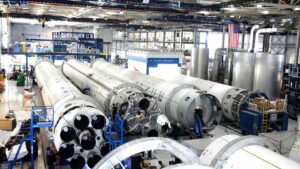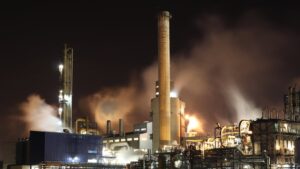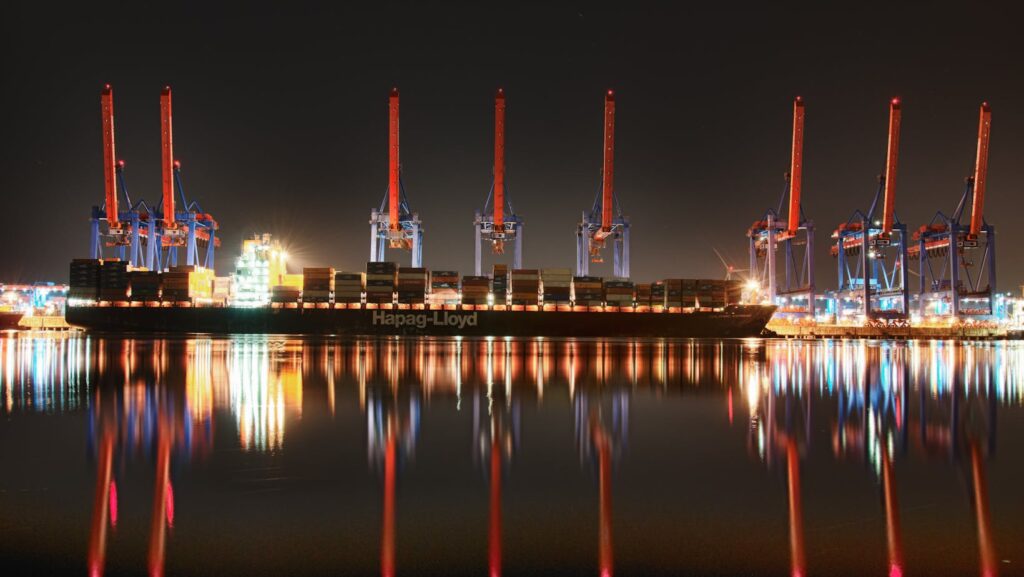In the fast-paced world of the 21st century, technology and innovation are driving forces that shape and redefine industries. The oil and gas sector is no exception. It’s in the throes of a technological revolution, witnessing groundbreaking advancements that are transforming processes, boosting efficiency, and enhancing safety measures.
From seismic imaging to digital oilfields, the landscape of the oil and gas industry is being radically reshaped. This article delves into the heart of these technological innovations, exploring their impact and the future they’re sculpting for the industry. Stay tuned as we embark on this fascinating journey into the world of oil and gas technology.

Technology And Innovation In The Oil And Gas Industry
Building upon the technological revolution that’s outlined earlier, the oil and gas industry’s current state showcases impressive advancements. By adopting several high-tech solutions, like Protex.ai camera analytics, the sector has enhanced its efficiency, safety protocols, and overall operational effectiveness.
Overview of Existing Technologies
Several existing technologies have proven instrumental in this ongoing transformation. Advances in seismic imaging equipment have given operators an unmatched depth perception into the earth’s crust. This, in turn, has greatly improved accuracy in locating potential drilling spots.
Digital oilfields have elevated the industry standards. By employing sophisticated computer systems and advanced data analytics, they enable the capture and analysis of massive amounts of data, optimizing operational efficiency.
Robotic Process Automation (RPA) has also made its foray into the sector, performing tasks traditionally done by humans. For example, robotic drills have replaced drilling crews, reducing risks and increasing efficiency.
Additionally, the introduction of drones for site inspection purposes has meant fewer resources are needed, improving safety measures for personnel.
Challenges Being Addressed
Despite impressive advancements, the oil and gas industry grapples with several technological challenges. Fortunately, some of these are being addressed through innovation.
One of the primary challenges lies in handling and managing the vast data generated from complicated operations. By employing advanced analytics and AI, the sector has begun to conquer this challenge, extracting meaningful insights to inform decision-making processes.
Moreover, environmental concerns and pressure to reduce carbon footprint have affected operations. In response, the industry has embraced greener technologies. For instance, Carbon Capture and Storage (CCS) technologies provide a viable solution to significantly reduce CO2 emissions.
Finally, the perennial issue of workplace safety continues to be a priority. The use of machine learning algorithms for predictive analysis and early warning systems has helped to minimize potential risks, signalling a safer future for the industry’s workforce.

Impact of Digital Transformation
Digital transformation fuels the engine of progress in the oil and gas industry, ushering in a transformative era marked by efficiency and sustainability. This section deep-dives into the impact of digital innovation, particularly focusing on the integration of the Internet of Things (IoT) and Artificial Intelligence (AI), and the application of blockchain in supply chain management.
Integration of IoT and AI
Marrying IoT with AI brings about a paradigm shift in the industry’s functional dynamics. IoT devices provide constant streams of real-time data from multiple sources. AI engines, on the other hand, analyze this data, translating it into valuable insights for predictive maintenance, downtime reduction, and operational efficiency.
For instance, IoT-powered drones and sensors deployed on drilling rigs capture data relating to environmental factors and equipment performance. AI algorithms, given access to this data, identify potential failures before their manifestation, aiding in predictive maintenance. In essence, the integration of IoT and AI accelerates data-driven decision-making, thereby mitigating risks and saving costs.
Blockchain for Supply Chain Management
Blockchain, a digital ledger technology, has a pivotal role in streamlining supply chain management within the oil and gas sector. Blockchain offers transparency, traceability, and security, transforming processes from procurement to payment and distribution.
For example, using blockchain, companies can track fuel movements and transactions, certifying authenticity and minimizing fraud. Blockchain also simplifies contractual processes, using smart contracts that execute transactions upon fulfilling predefined conditions, eliminating the need for manual intervention. The implementation of blockchain, therefore, enhances supply chain efficiency and accountability.
It’s evident that technology and innovation are reshaping the oil and gas industry. They’re not just improving efficiency and safety but also driving sustainability efforts. The future of the oil and gas industry is clearly intertwined with technology and innovation, and it’s exciting to see what lies ahead.

